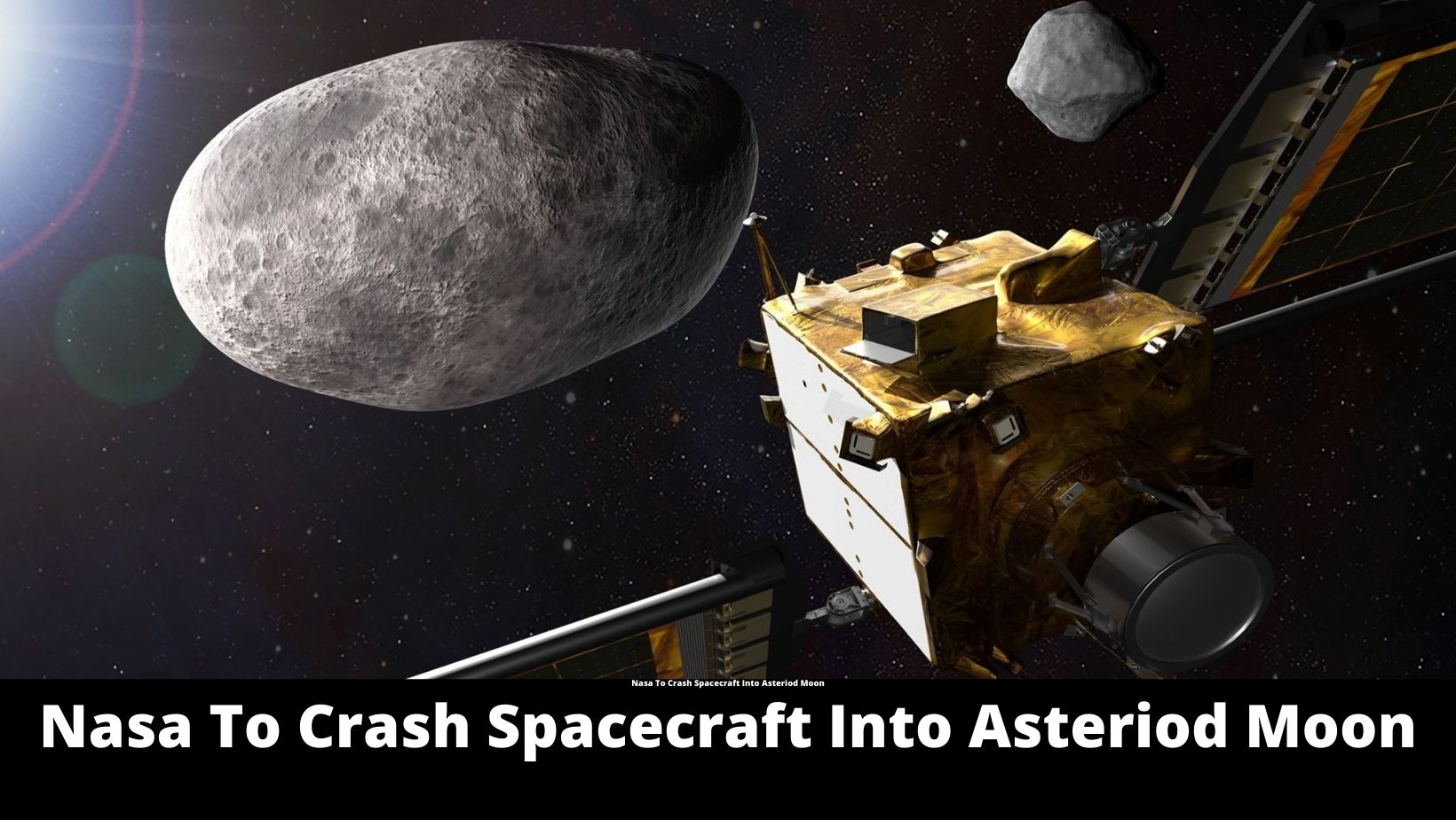In a first, the National Aeronautics and Space Administration of the United States will launch its DART mission (Double Asteroid Redirection Test) aboard a SpaceX Falcon-9 rocket from the Vandenberg Space Force Base in California on Nov 23rd, 2021.
The main aim of this mission is to test asteroid deflection technology and how it would impact the trajectory of near-earth asteroids, the spacecraft will reach its intended target somewhere in September 2022.
According to lead Scientists at ESA (European space agency) the mission target is a small moon Dimorphos, which is orbiting the asteroid Didymos. This would be the first occasion on which humans will alter the dynamics of a celestial body and a demonstration of the planetary defense capabilities.
Near-Earth Objects (NEO) are asteroids or comets, whose orbit is within 48 million kilometers of our planet. Detection of these NEOs and assessment of their harm-causing capabilities is a top priority for NASA and other space agencies.
Didymos was discovered and named by Kleomins Tsiganis a greek planetary scientist over two decades ago, while a member of the DART team named its moon Dimorphus.
The Johns Hopkins Applied Physics Lab coordinator for the DART mission, Nancy Chabot commented that the timing for the mission is perfect as the NEO’s will be close to earth at 6,835,083 miles in September 2022. The spacecraft will impact on Dimorphus at a speed of 15,000 miles per hour. The spacecraft will use optical navigation through the DRACO camera and autonomous navigation software to find its target.
Elena Adamas, DART mission systems engineers stated that, the collision will be recorded by the LICIACube satellite of the Italian Space Agency in its first deep space mission. The tiny satellite will be DARTs pillion rider deploying moments before impact to record the event, which will be streamed back to earth
The key measurement of success would be when astronomers on earth will compare observations of change in the trajectory of Dimorphus post the impact. They will be followed by the HERA mission of ESA a few years later, which will further assess the change in trajectory.
Read More: Crew Dragon’s Space Cruise Delayed Due To Rough Weather Predictions
Lindley Johnson, Planetary Defense Officer at NASA commented that There are over 27,000 potential NEO’s that could be on an impact trajectory with our planet and DART is the first step in understanding our capabilities of neutralizing such threats. The key is finding the threats and then changing their speed and orbit by the tiniest margins.
Read More: Commercial Crew Shake-Up: NASA Reassigns Two Astronauts From Boeing Starliner to SpaceX Crew Dragon

Leave a Reply